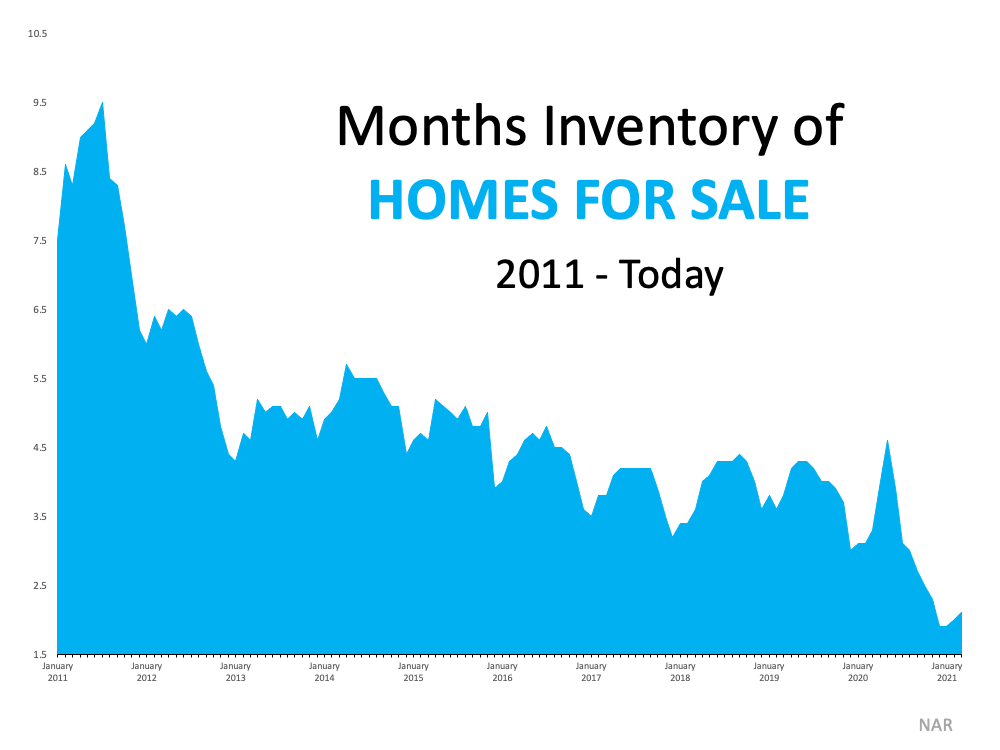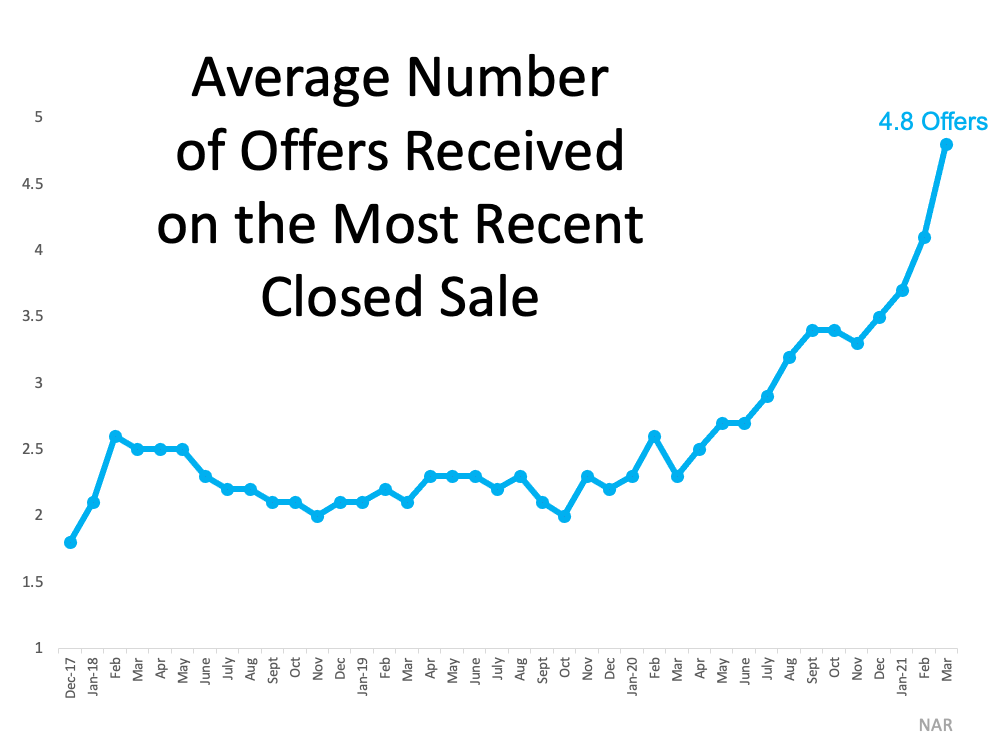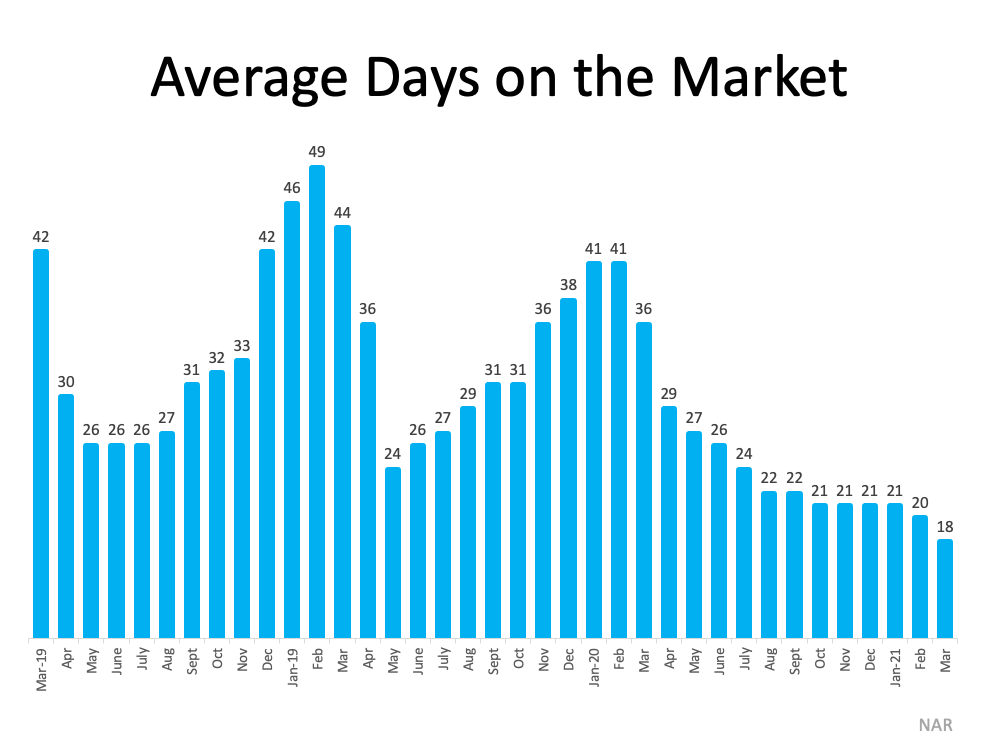Summer Bug Control Made Simple
Insects are Everywhere!
It’s inevitable that you’re going to run face-first into some kind of insects if you’re spending a lot of time in your own personal outdoor oasis, but it doesn’t mean that you have to like it. Even though there are way more of them than there are of us, only a few really have serious potential to ruin a party at any given moment. Let’s take a look at keeping those bugs under control all summer.
Flies
Flies are gross. There’s no two ways about it. They hang out in the trash, and then fly by to try to grab a bit of your lunch with no regards to personal hygiene. Once adult flies are running about, they can be hard to control, so the trick is to minimize places that are hospitable for their young to grow up big and strong. Start by monitoring your trash. In the summer, hot weather makes garbage cans super attractive to flies, since trash will begin to break down quickly. Wait until the day your trash service collects your cans to take out any kind of food waste, to reduce the chance flies have to find and breed in last week’s leftovers.
Mosquitos
There’s not much worse than flies, but mosquitos definitely fall into that category. Along with flying around and being obnoxious, they feed on humans like their own personal buffets. Handling mosquitoes effectively also starts with reducing breeding habitats, such as small stagnant pools of water (even a leftover party cup with standing water can be a mosquito haven) and gutters that need to be cleaned out. For bigger or more permanent water features, start using Mosquito Dunks regularly or add fish to ponds to eliminate larval mosquitoes before they grow big enough to breed.
Wasps
There are several different kinds of wasps to be aware of in the summertime, but they have a lot in common. If you find a flying insect with a narrow waist and an interest in sweet or savory foods, you’ve almost certainly found a wasp or hornet, which belong to the same family. Start by covering your outdoor trash cans, because they’re often drawn to pungent vinegar-like smells or sweet beverages, like that tiny bit of soda in the bottom of the can. Some wasps are also interested in raw meat, so keep the meat for the grill indoors until you’re ready to cook. Scanning your outdoor area regularly for wasp nests can help reduce populations dramatically. Never try to remove a hornet nest alone, but a smaller wasp nest can be taken out with wasp spray from a distance.
Ants
Like other outdoor bugs, ants tend to take advantage of the situation. If there’s food to be had, keep it tightly covered and off the ground so as not to attract their attention. Picnic blankets can be romantic, but they’re a great way to attract ants to the party, so keep your food on a table or at lap height. And make sure you’ve applied an ant barrier around your home so they don’t try to take the party inside!

















